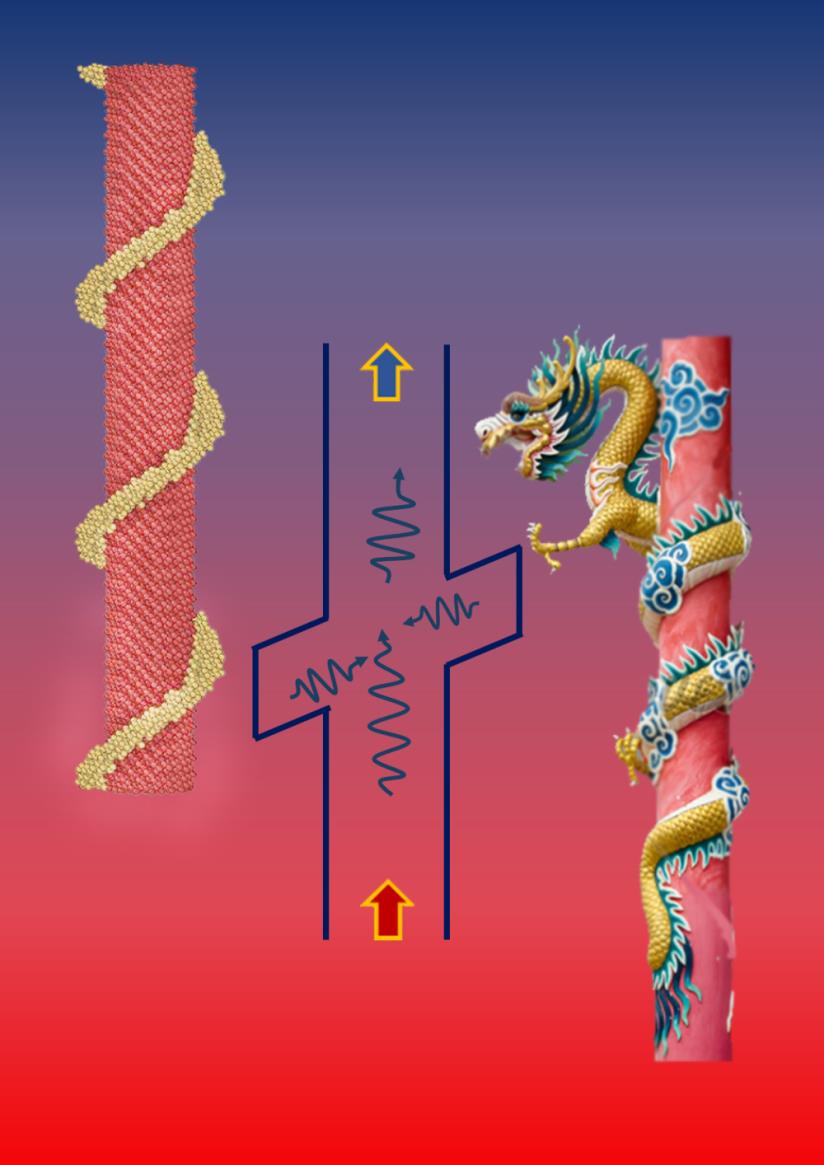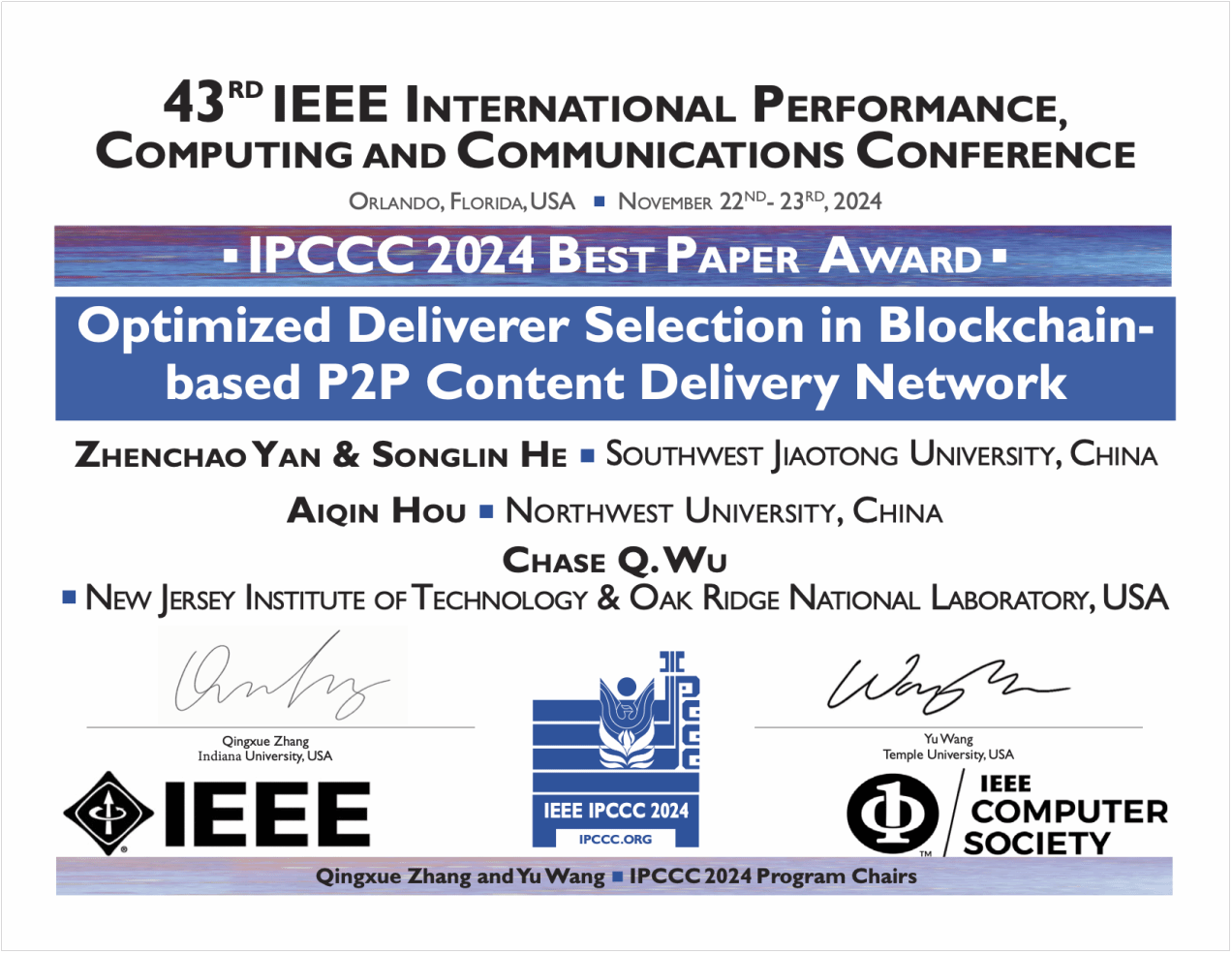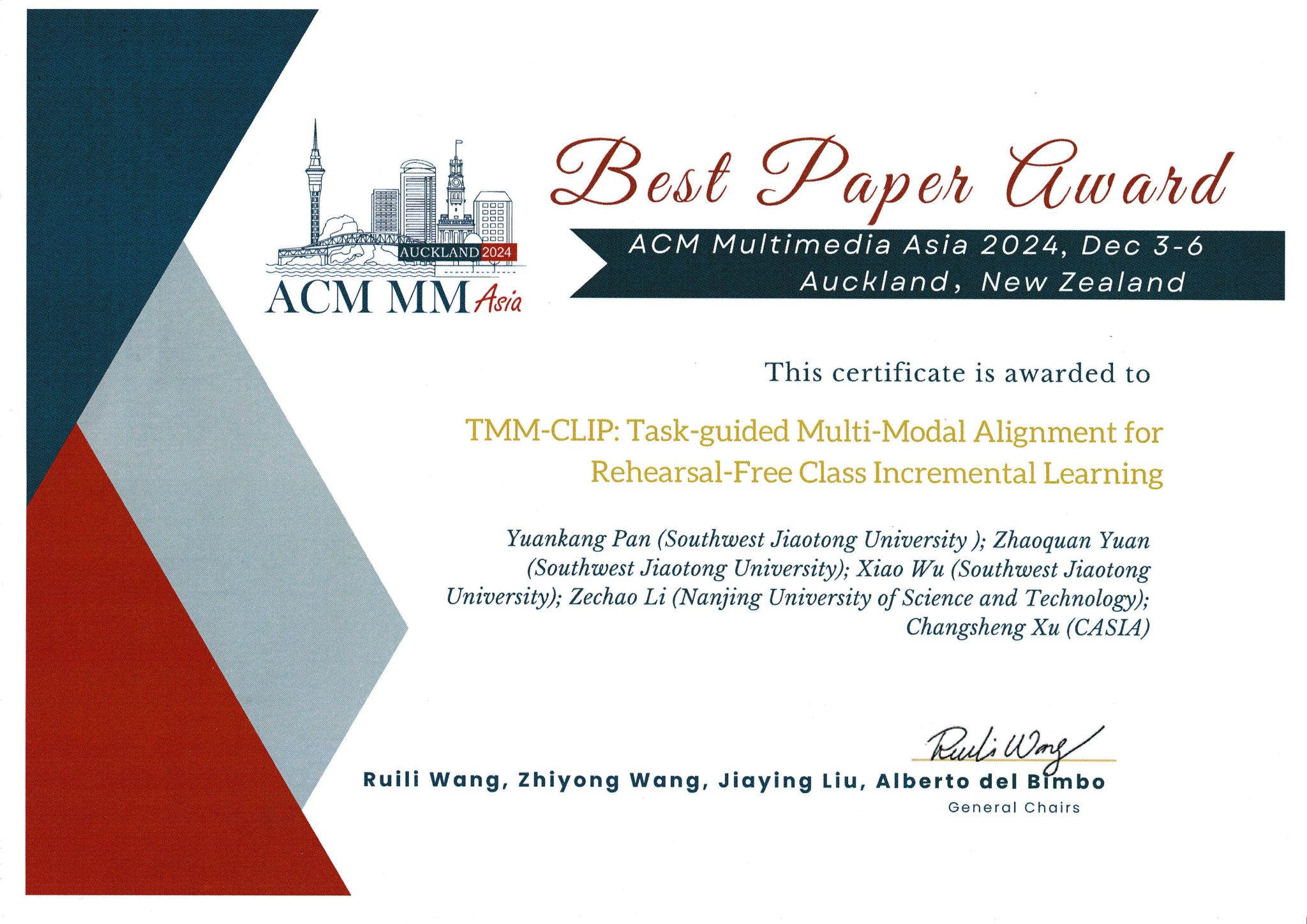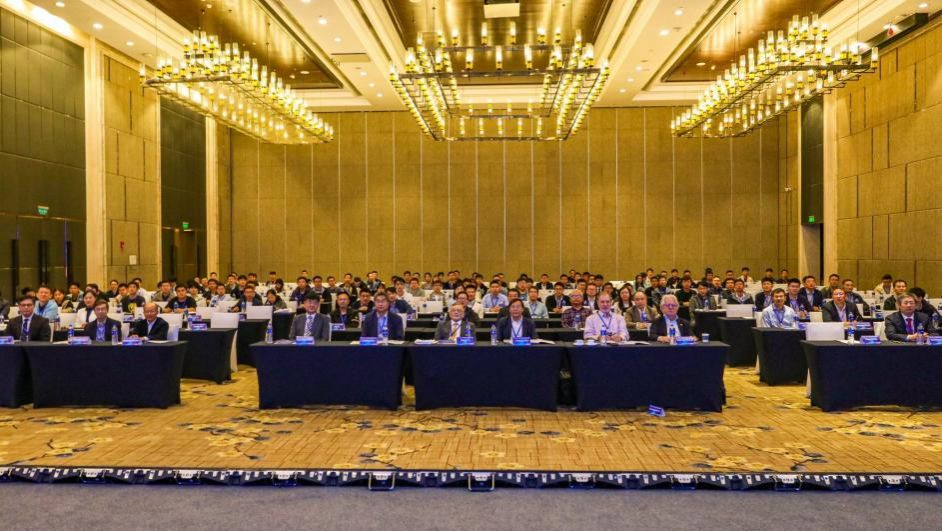Recently, a research team led by Associate Professor Ni Yuxiang, a young scholar at the School of Physical Science and Technology, Southwest Jiaotong University (SWJTU), has successively published two papers in Physical Review B, reporting their progress in the research on the mechanism of nano-structure manipulating phonon thermal transport in materials.

Physical Review B, published by the American Physical Society (APS), is the most influential and authoritative journal with the focus on the new results in condensed matter physics and ranks among the world’s top 82 journals according to the Nature Index.
Ultra-low thermal conductivity is required on materials for high-temperature thermal insulation coatings and thermoelectric conversion. To meet the requirement, Ni’s research team adopted the method of molecular dynamics simulations based on the wave-particle duality of phonons and creatively put forward a new physical mechanism to hinder the thermal transport of nanowires, which blazed a trail for the structural design of high-temperature thermal insulation and thermoelectric materials.
In the first paper, a novel phonon resonator — screw threadlike helical nanowall was proposed to suppress the thermal transport of silicon nanowires (Si NWs) based on the fluctuation of phonons. Results from the molecular dynamics simulations show that the thermal conductivity and phonon transmission of the screw threadlike Si NWs decrease with the increase of the periodic density of the helical nanowall. When the periodic density is high, the thermal conductivity of Si NWs with helical nanowalls can be reduced by 35.8%, far larger than the reduction rates in the traditional Si NWs with straight nanowalls (11.9%) and nanopillars (14.9%). The phonon transmission spectrum indicates that the transmission of phonons is impeded within the whole frequency range. In addition, the phonon dispersion relation, group velocity and spatial distribution of phonon energy all manifest the occurrence of phonon resonances in screw threadlike Si NWs. Similar to the spectacular ancient Chinese architecture of “Golden Dragon Coiling Around the Pillar”, as shown in the following picture, the Si NW is complete with spiral screw threadlike helical nanowalls with significant impact on its thermal conductivity.
Link to the paper:
https://journals.aps.org/prb/abstract/10.1103/PhysRevB.101.205418

The second paper explores the effect of screw dislocation on phonon transport in Si-Ge superlattice nanowires based on the corpuscular property of phonons. This study is an extension of Ni’s previous paper [phys.rev. letter.113, 124301 (2014)]. Research shows that screw dislocations have different degrees of inhibition on the phonon transmission of superlattice nanowires with different period lengths, and the effect depends on the relative size between the width of coherent phonon wave packet and the superlattice period length. Compared with homogeneous nanowires, screw dislocations in superlattice nanowires will cause slipping of atomic planes, which will result in changes of bonds at the interface, thus reducing the phonon group velocity.
Link to the paper:
https://journals.aps.org/prb/abstract/10.1103/PhysRevB.100.075432
Master candidates Hu Song and Sun Bo, doctoral candidate Zhang Honggang are the first authors of the papers, associate professor Ni Yuxiang the corresponding author, and the School of Physical Science and Technology of Southwest Jiaotong Universty the authors’ affiliation.
 He Songlin Granted the Best Paper Award at IEEE IPCCC 2024
He Songlin Granted the Best Paper Award at IEEE IPCCC 2024
 Prof. Wu's Team Bestowed Best Paper Award at ACM Multimedia Asia 2024
Prof. Wu's Team Bestowed Best Paper Award at ACM Multimedia Asia 2024
 Alumnus Xi Yue Graced the Cover of 2024 Forbes 30 Under 30 China List
Alumnus Xi Yue Graced the Cover of 2024 Forbes 30 Under 30 China List
 The 15th Asia-Pacific Symposium on Engineering Plasticity and its Applications
The 15th Asia-Pacific Symposium on Engineering Plasticity and its Applications
 General Education Course on “Frontiers in AI Applications: Methods, Thinking, and Ethics”
General Education Course on “Frontiers in AI Applications: Methods, Thinking, and Ethics”